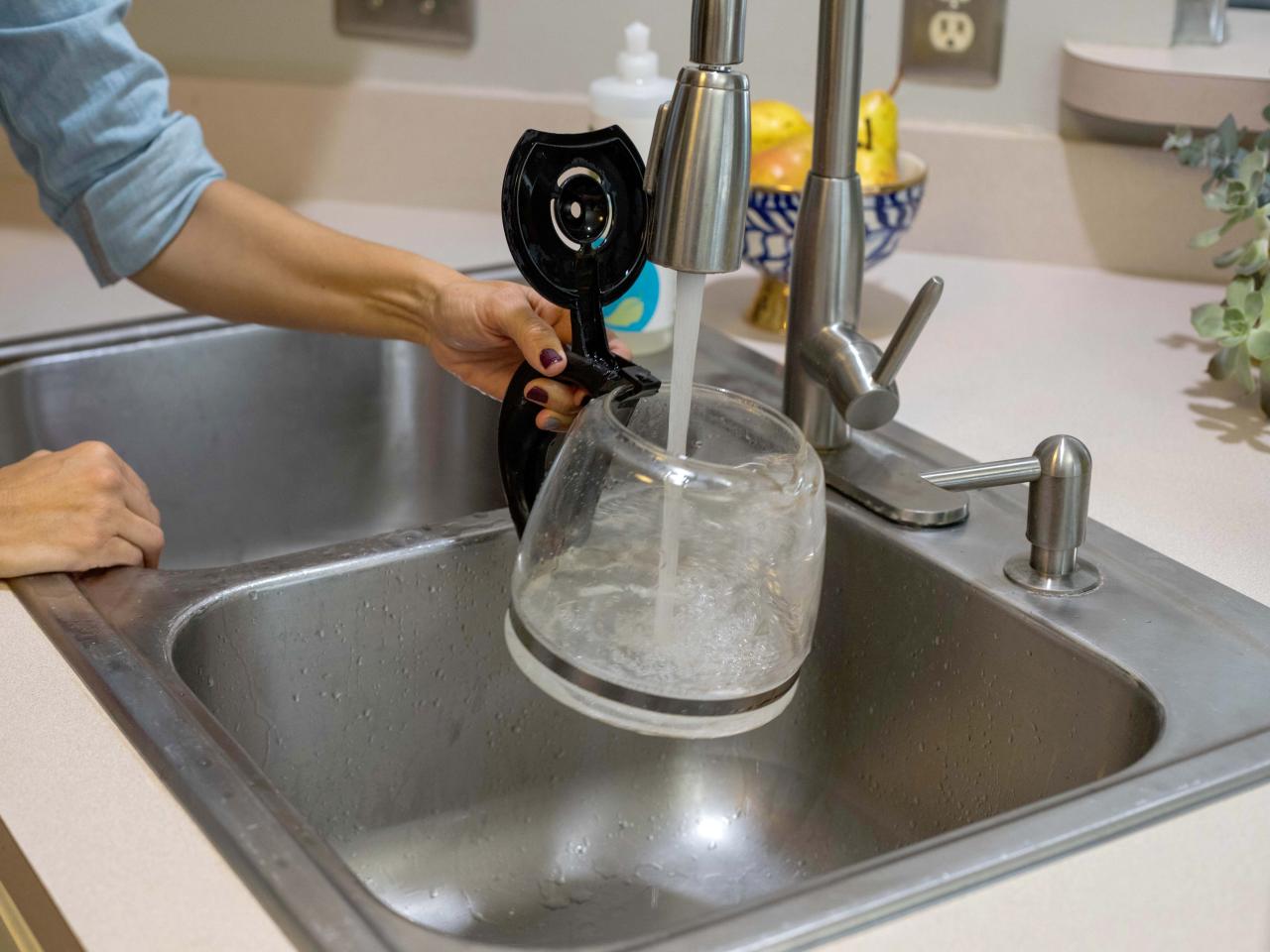

Articles
How To Clean A Coffee Machine
Modified: February 27, 2024
Looking for articles on how to clean a coffee machine? Discover effective cleaning methods and maintenance tips for your coffee maker.
(Many of the links in this article redirect to a specific reviewed product. Your purchase of these products through affiliate links helps to generate commission for Storables.com, at no extra cost. Learn more)
Introduction
Having a clean coffee machine is essential for maintaining great-tasting coffee and prolonging the life of your appliance. Over time, mineral deposits, coffee oils, and other impurities can accumulate in your coffee machine, affecting the taste of your brewed coffee and potentially causing damage to the internal components.
In this article, we will guide you through the step-by-step process of cleaning a coffee machine, ensuring that it continues to brew delicious coffee cup after cup. Whether you have a traditional drip coffee maker, a French press, or even an espresso machine, proper cleaning and maintenance are crucial for optimal performance.
Before we begin, it’s important to note that the specific cleaning instructions may vary depending on the type and brand of your coffee machine. Always refer to the user manual for model-specific guidelines. However, the general cleaning tips and methods discussed here can be applied to most coffee machines with slight adaptations.
By following these cleaning steps on a regular basis, you can remove built-up residue, prevent clogs, and maintain the overall functionality of your coffee machine. So, grab your cleaning supplies and let’s delve into the process of cleaning a coffee machine!
Key Takeaways:
- Regularly cleaning your coffee machine, from the exterior surfaces to the water reservoir and grinder (if applicable), ensures that it operates at its best, delivering delicious cups of coffee and prolonging its lifespan.
- By following the step-by-step cleaning process and reassembling your coffee machine, you can enjoy the perfect cup of coffee while maintaining a hygienic brewing environment and preventing the build-up of impurities.
Read more: How To Clean A Ninja Coffee Machine
Step 1: Gathering necessary materials
Before you begin cleaning your coffee machine, it’s important to gather all the necessary materials. Having everything you need on hand will make the cleaning process smoother and more efficient. Here are the essential materials you’ll need:
- White vinegar: This acidic liquid is a powerful natural cleaner that helps to remove mineral deposits and coffee oils from the internal components of the coffee machine.
- Water: You’ll need clean, preferably filtered water, for rinsing the different parts of the coffee machine.
- Mild dish soap: This will be used for cleaning the exterior of the coffee machine and any removable parts.
- A soft cloth or sponge: These will help you scrub and wipe down the exterior surfaces of the coffee machine.
- Small brush or toothbrush: This will come in handy for cleaning hard-to-reach areas, such as the crevices around the buttons and knobs.
- Microfiber cloth: This lint-free cloth is perfect for drying and polishing the coffee machine.
Once you have gathered these materials, you are ready to move on to the next step of the cleaning process.
It’s worth noting that some coffee machines may require additional materials or specialized cleaning tools. For example, if you have an espresso machine with a portafilter, you may need a blind filter and espresso machine cleaning tablets. Always refer to your coffee machine’s user manual to ensure you have the appropriate materials for cleaning.
Step 2: Cleaning the exterior of the coffee machine
Now that you have gathered all the necessary materials, it’s time to start cleaning the exterior surfaces of your coffee machine. Although this step may seem simple, it is essential for maintaining a hygienic appliance and enhancing its visual appeal. Here’s how to clean the exterior of your coffee machine:
- Unplug the coffee machine: Before you begin cleaning, make sure to unplug the coffee machine from the electrical outlet to ensure your safety.
- Remove any removable parts: If your coffee machine has any removable parts, such as the carafe or filter basket, remove them for easier cleaning.
- Wipe down the exterior with a damp cloth: Moisten a soft cloth or sponge with warm water and a small amount of mild dish soap. Gently wipe down the exterior surfaces of the coffee machine, including the control buttons, knobs, and drip tray. Pay attention to any spills or stains and make sure to clean them thoroughly.
- Remove stubborn stains: If there are any stubborn stains on the exterior, you can create a paste by mixing baking soda with water. Apply the paste to the stains and let it sit for a few minutes before gently scrubbing with a soft brush or toothbrush. Rinse the area with clean water and dry it with a microfiber cloth.
- Clean the water reservoir: If your coffee machine has a removable water reservoir, wash it with warm soapy water and rinse thoroughly. Allow it to air dry before placing it back in the machine.
- Dry and polish: Once you have finished cleaning, use a clean microfiber cloth to dry and polish the exterior surfaces of the coffee machine. This will help to prevent water spots and leave your appliance looking shiny and clean.
Remember to always refer to the specific cleaning instructions provided in your coffee machine’s user manual, as some models may have unique cleaning requirements or restrictions.
With the exterior of your coffee machine looking fresh and clean, it’s time to move on to the next step: cleaning the carafe and filter basket.
Step 3: Cleaning the carafe and filter basket
As you enjoy your favorite brew of coffee, the carafe and filter basket are exposed to coffee oils and residue. Regular cleaning of these parts is essential to ensure the quality and taste of your brewed coffee. Here’s how to clean the carafe and filter basket:
- Empty the carafe: Pour any remaining coffee from the carafe and discard the used coffee grounds from the filter basket.
- Pre-soak the carafe: Fill the carafe with warm water and a small amount of dish soap. Let it soak for a few minutes to loosen any stubborn stains or residue.
- Scrub the carafe: Use a sponge or bottle brush to scrub the inside and outside of the carafe, paying special attention to the spout and bottom. Rinse thoroughly with clean water.
- Clean the filter basket: Remove the filter basket from the coffee machine and discard any used coffee filters or grounds. Rinse the filter basket with warm water to remove any loose debris.
- Remove stubborn stains: If there are any stubborn stains inside the carafe or on the filter basket, you can create a paste using baking soda and water. Apply the paste to the stains and let it sit for a few minutes before scrubbing with a brush or sponge. Rinse thoroughly with clean water.
- Dry and reassemble: After cleaning, make sure to thoroughly dry the carafe and filter basket before reassembling them back into the coffee machine. This will prevent any moisture from affecting the taste of your next brew.
It’s important to clean the carafe and filter basket after every use to prevent any buildup of coffee oils and grounds, which can affect the flavor of your coffee. Additionally, giving these parts a deep clean once a month or as needed will help maintain their longevity.
With the carafe and filter basket sparkling clean, we can now move on to the next step: descaling the coffee machine.
Step 4: Descaling the coffee machine
Over time, mineral deposits can accumulate inside the coffee machine, particularly if you have hard water. These deposits can clog the internal components and affect the performance and taste of your coffee. Descaling the coffee machine removes these mineral deposits and helps to maintain its optimal functionality. Here’s how to descale your coffee machine:
- Mix the descaling solution: Depending on the type of coffee machine you have, you may need to use a commercial descaling solution or a homemade solution using equal parts of white vinegar and water. Check your coffee machine’s user manual for specific descaling instructions.
- Empty and clean the water reservoir: Make sure the water reservoir is empty and remove any filters or capsules. Wash the reservoir with warm soapy water and rinse thoroughly.
- Add the descaling solution: Fill the water reservoir with the descaling solution according to the manufacturer’s instructions. If using vinegar, mix equal parts vinegar and water.
- Start the descaling process: Place a container or carafe under the coffee machine’s spout to catch the descaling solution. Follow the user manual to initiate the descaling process, ensuring that the solution runs through the machine’s internal components.
- Rinse the machine: After the descaling process is complete, empty the container and fill the water reservoir with clean water. Run a brew cycle without coffee grounds to rinse out any remaining descaling solution from the machine.
- Repeat the rinsing process: Depending on the strength of the descaling solution and the level of mineral buildup, you may need to repeat the rinsing process multiple times to ensure that all traces of the solution are removed.
- Wipe down the exterior: While the coffee machine is rinsing, take the opportunity to wipe down the exterior surfaces with a clean cloth to remove any splashes or residue from the descaling process.
Once you have successfully descaled your coffee machine, it’s time to move on to the next step: cleaning the water reservoir.
Note: Descaling frequency may vary depending on the hardness of your water and the manufacturer’s recommendations. It’s important to follow the specific descaling instructions provided by your coffee machine’s manufacturer.
Read more: How To Clean A Mr Coffee Machine
Step 5: Cleaning the water reservoir
The water reservoir of your coffee machine is where you pour the water that is used for brewing. Cleaning the water reservoir is crucial for maintaining a clean and hygienic brewing environment. Here’s how to clean the water reservoir of your coffee machine:
- Empty the water reservoir: Before you begin, make sure that the water reservoir is empty. If there is any remaining water, carefully pour it out.
- Remove the water reservoir: Depending on the type of coffee machine you have, the water reservoir may be detachable. If it is, carefully remove it from the coffee machine.
- Wash the water reservoir: Wash the water reservoir with warm soapy water, using a mild dish soap. Pay attention to any stains or residue and scrub gently with a sponge or brush.
- Rinse thoroughly: Rinse the water reservoir with clean water to remove any soap residue. Be sure to rinse it thoroughly to ensure that no soapy taste remains.
- Inspect for mold or mildew: Check the inside of the water reservoir for any signs of mold or mildew. If you spot any, create a mixture of equal parts white vinegar and water, and use a cloth or sponge to scrub away the mold or mildew. Rinse the reservoir thoroughly afterward.
- Dry the water reservoir: After cleaning and rinsing, allow the water reservoir to air dry completely before reattaching it to the coffee machine. This will prevent any moisture from accumulating and potentially causing mold or bacteria growth.
Regularly cleaning the water reservoir is important for maintaining the quality of your brewed coffee, as well as preventing the growth of bacteria or mold. It is recommended to clean the water reservoir every few weeks, or more frequently if you notice any build-up or odors.
With the water reservoir now squeaky clean, we can move on to the next step: cleaning the coffee pot heating plate.
To clean a coffee machine, mix equal parts water and vinegar and run it through the machine. Follow up with two cycles of just water to rinse. Clean the carafe and filter basket with warm, soapy water.
Step 6: Cleaning the coffee pot heating plate
The coffee pot heating plate, also known as the warming plate, is where the coffee pot sits to keep the brewed coffee warm. Over time, the heating plate can accumulate coffee stains and residue, affecting its performance and appearance. Cleaning the coffee pot heating plate is essential for maintaining its functionality and extending its lifespan. Here’s how to clean the coffee pot heating plate:
- Ensure the coffee machine is unplugged: Before cleaning the heating plate, make sure the coffee machine is unplugged to avoid any accidents.
- Allow the heating plate to cool: If the coffee machine was recently in use, give the heating plate enough time to cool down before cleaning it.
- Prepare a cleaning solution: Depending on the type of coffee stains or residue on the heating plate, you may use one of the following cleaning solutions:
- Baking soda paste: Mix baking soda with a small amount of water to form a paste-like consistency.
- White vinegar solution: Create a solution of equal parts white vinegar and water.
- Apply the cleaning solution: Gently apply the chosen cleaning solution to the coffee pot heating plate, focusing on any stained or soiled areas.
- Scrub the heating plate: Use a soft cloth or sponge to scrub the heating plate in circular motions, applying mild pressure to remove the stains and residue. For stubborn stains, you may need to let the cleaning solution sit on the heating plate for a few minutes before scrubbing.
- Rinse and dry: Once you have thoroughly scrubbed the heating plate, rinse it with clean water to remove any remaining residue or cleaning solution. Use a dry cloth or towel to wipe the heating plate until it is completely dry.
- Remove any residue from underneath the heating plate: If possible, remove the coffee pot heating plate or tilt the coffee machine to access the underside of the plate. Use a brush or cloth to clean any residue or debris that may have accumulated in that area.
- Reassemble the coffee machine: Once the heating plate is clean and dry, reassemble the coffee machine by placing the coffee pot back on the warming plate.
Regularly cleaning the coffee pot heating plate not only enhances the appearance of your coffee machine but also ensures that it operates efficiently. By following these steps, you can enjoy a clean and well-functioning heating plate for your coffee pot.
With the coffee pot heating plate now clean, we can proceed to the next step: cleaning the coffee grinder (if applicable).
Step 7: Cleaning the coffee grinder (if applicable)
If your coffee machine has a built-in grinder, it’s important to clean it regularly to maintain optimal performance and prevent the build-up of coffee oils and residue. Cleaning the coffee grinder helps ensure that your coffee beans are ground consistently and enhances the flavor of your brewed coffee. Here’s how to clean the coffee grinder:
- Refer to the user manual: Before cleaning the coffee grinder, refer to the user manual to familiarize yourself with the specific cleaning instructions provided by the manufacturer. Different coffee grinders may have unique cleaning procedures.
- Empty the coffee bean hopper: Remove any remaining coffee beans from the coffee bean hopper and discard them. Make sure the grinder is not running or plugged in during this step.
- Disassemble the removable parts: If your coffee grinder has removable parts, such as the burrs or grinding chamber, carefully remove them according to the manufacturer’s instructions. Be sure to handle these parts with care as they may be sharp.
- Brush away loose coffee grounds: Use a small brush or a toothbrush to gently brush away any loose coffee grounds from the burrs, grinding chamber, and any other accessible areas of the grinder.
- Clean with a dry cloth or a brush: Wipe down the interior and exterior surfaces of the grinder with a dry cloth or brush to remove any remaining particles or residue. Ensure the grinder is completely dry before reassembling.
- Reassemble the grinder: Once you have cleaned and dried all the parts, carefully reassemble the grinder according to the manufacturer’s instructions. Make sure all the components are securely in place.
- Run a cleaning cycle (if applicable): Some coffee grinders have a self-cleaning feature or a specific cleaning cycle. If your grinder has this option, follow the manufacturer’s instructions to run a cleaning cycle.
- Test the grinder: After cleaning and reassembling the grinder, test its functionality by grinding a small amount of coffee beans. Check for any unusual noises or inconsistencies in the grind, which may indicate that further cleaning or adjustment is needed.
Cleaning the coffee grinder on a regular basis ensures that your coffee beans are ground properly and maintains the overall quality of your brewed coffee. By following the manufacturer’s recommendations and these steps, you can keep your coffee grinder in top shape.
With the coffee grinder (if applicable) now clean, we can move on to the next step: reassembling the coffee machine.
Step 8: Reassembling the coffee machine
Now that you’ve completed the cleaning process for the different components of your coffee machine, it’s time to reassemble everything. Proper reassembly ensures that your coffee machine functions correctly and delivers delicious cups of coffee. Here’s how to reassemble your coffee machine:
- Refer to the user manual: Before reassembling the coffee machine, refer to the user manual to ensure that you are familiar with the specific reassembly instructions provided by the manufacturer. Different models may have unique steps or requirements.
- Replace the cleaned components: Begin by placing the cleaned components back into the coffee machine. This includes the carafe, filter basket, water reservoir, coffee grinder (if applicable), and any other removable parts that you have cleaned.
- Ensure proper placement: Pay close attention to the proper placement of each component. Make sure they are aligned correctly and securely in their respective positions within the coffee machine.
- Inspect for any missed cleaning spots: Before closing any covers or lids, take a moment to inspect the coffee machine for any areas that may have been missed during the cleaning process. Wipe away any remaining residue or debris with a cloth or brush.
- Seal any openings: If your coffee machine has any openings or ports that were opened during the cleaning process, make sure to seal them properly. This could include closing a water reservoir lid, inserting a coffee bean hopper cover, or securing a filter basket lid.
- Plug in the coffee machine: Once you are satisfied that the coffee machine is properly reassembled, plug it back into a functioning electrical outlet. Ensure that the power cord is securely connected.
- Do a final wipe down: Before brewing your next cup of coffee, take a clean, damp cloth and wipe down the exterior surfaces of the coffee machine. This will help to remove any fingerprints or smudges that may have accumulated during the reassembly process.
Proper reassembly is crucial for the correct functioning and longevity of your coffee machine. By following these steps and the manufacturer’s instructions, you can ensure that all the components are back in place and ready for use.
With the coffee machine now reassembled, we can move on to the final step: brewing a test batch of coffee.
Read more: How To Clean Melitta Coffee Machine
Step 9: Brewing a test batch
After successfully cleaning and reassembling your coffee machine, it’s time to put it to the test by brewing a batch of coffee. This step ensures that everything is functioning properly and allows you to enjoy a freshly brewed cup of coffee. Here’s how to brew a test batch:
- Fill the water reservoir: Start by filling the water reservoir with clean, fresh water. Be sure not to fill it beyond the maximum level indicated to avoid any overflow.
- Add coffee grounds: Depending on your preferred coffee strength, add the appropriate amount of coffee grounds to the filter basket. Refer to the coffee machine’s user manual for guidance on the recommended coffee-to-water ratio.
- Place the carafe: Position the carafe securely on the warming plate or beneath the coffee machine’s spout to collect the brewed coffee.
- Start the brewing process: Depending on the type of coffee machine you have, initiate the brewing process by pressing the appropriate button or switch. It may take a few minutes for the coffee to brew.
- Observe the brewing process: Watch as the water passes through the coffee grounds and fills the carafe. Take note of any unusual sounds or behaviors that may indicate a problem with the machine.
- Smell and taste the coffee: Once the brewing process is complete, carefully remove the carafe and pour yourself a cup of freshly brewed coffee. Take a moment to appreciate the aroma and taste, ensuring that the coffee is brewed to your desired strength and taste.
- Inspect the coffee machine: After brewing the test batch, inspect the coffee machine for any signs of leaks, malfunctions, or issues. Check that all the components remain securely in place and that there are no unusual residues or odors.
Brewing a test batch allows you to confirm that your coffee machine is in good working condition and that the cleaning process has been successful in removing any lingering residue or flavors. If you encounter any issues or are not satisfied with the results, you may need to repeat certain cleaning steps or consult the manufacturer for further assistance.
With the test batch brewed and your coffee machine working perfectly, you have successfully completed the cleaning process. Regularly repeating these cleaning steps will help to maintain the performance and longevity of your coffee machine, ensuring that every cup of coffee is a delight to savor.
Enjoy your freshly brewed coffee!
Conclusion
Cleaning your coffee machine is a necessary task for ensuring the best tasting coffee and extending the lifespan of your appliance. By following the step-by-step process outlined in this guide, you can keep your coffee machine in optimal condition, ready to brew delicious cups of coffee day after day.
Throughout this article, we have covered the essential steps to clean various components of your coffee machine. From gathering the necessary materials to descaling the machine, cleaning the water reservoir, and reassembling the parts, each step plays a crucial role in maintaining cleanliness and functionality.
Regular cleaning of the exterior, carafe, filter basket, water reservoir, heating plate, grinder (if applicable), and thorough reassembly ensures that your coffee machine performs at its best. It helps remove coffee oils, mineral deposits, and impurities, preventing them from affecting the taste of your coffee and potentially damaging the internal components.
Remember to consult your coffee machine’s user manual for specific instructions tailored to your model, as cleaning methods may vary slightly. It’s also important to note any additional materials or tools that may be required for the cleaning process.
By dedicating a little time and effort to clean your coffee machine regularly, you can enjoy not only the perfect cup of coffee but also prolong the life of your beloved appliance. So, grab your cleaning supplies, follow the steps outlined in this guide, and savor every sip of your freshly brewed coffee for a delightful start to your day!
Frequently Asked Questions about How To Clean A Coffee Machine
Was this page helpful?
At Storables.com, we guarantee accurate and reliable information. Our content, validated by Expert Board Contributors, is crafted following stringent Editorial Policies. We're committed to providing you with well-researched, expert-backed insights for all your informational needs.
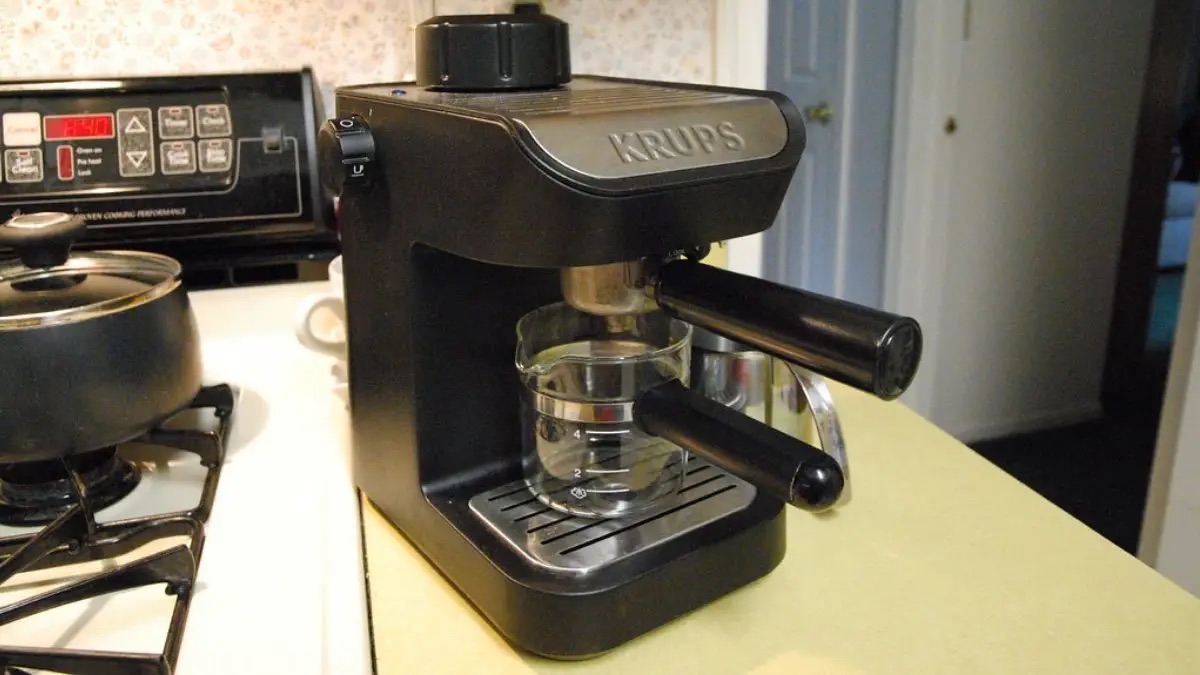
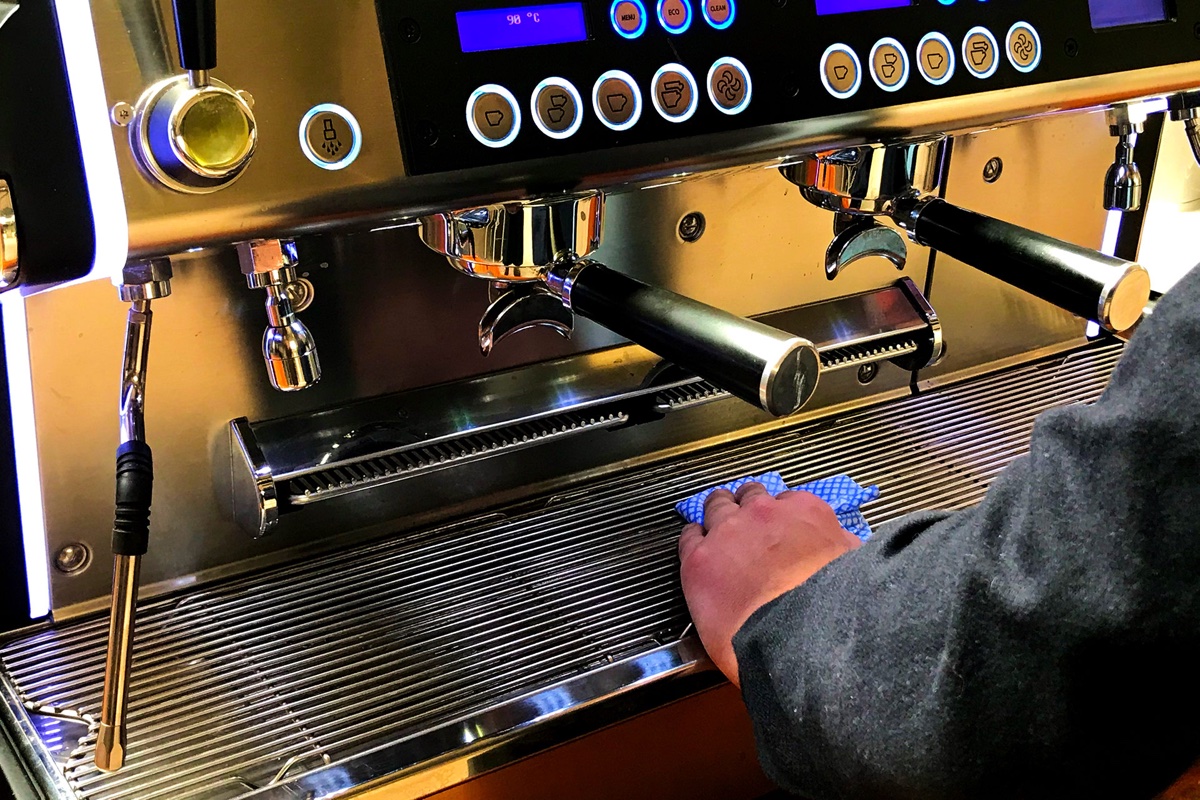
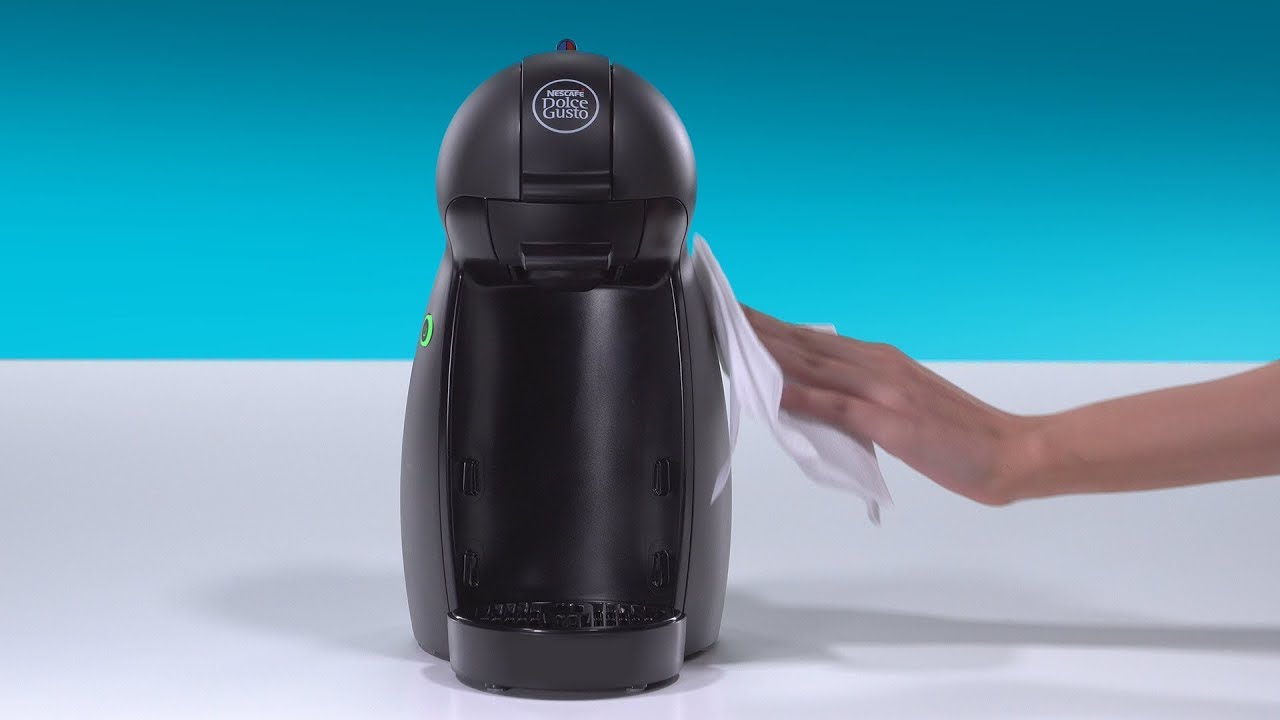
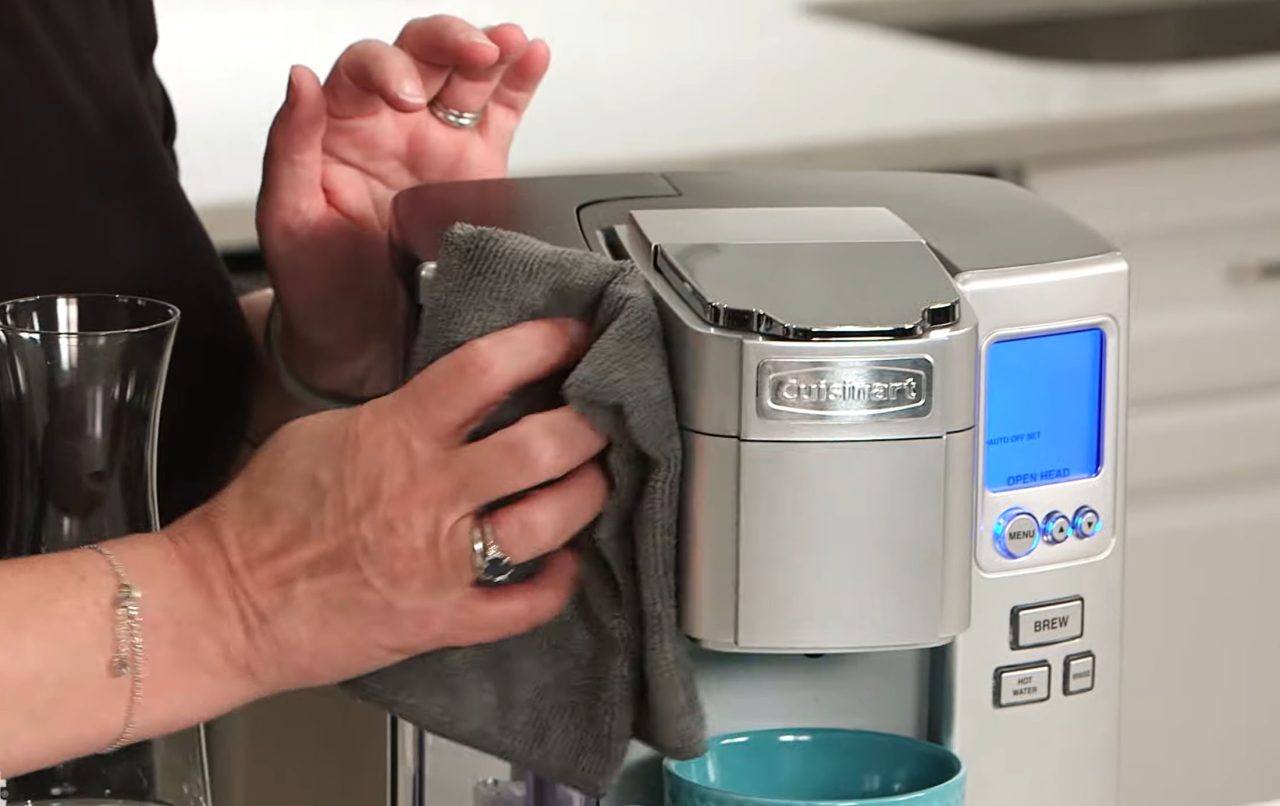
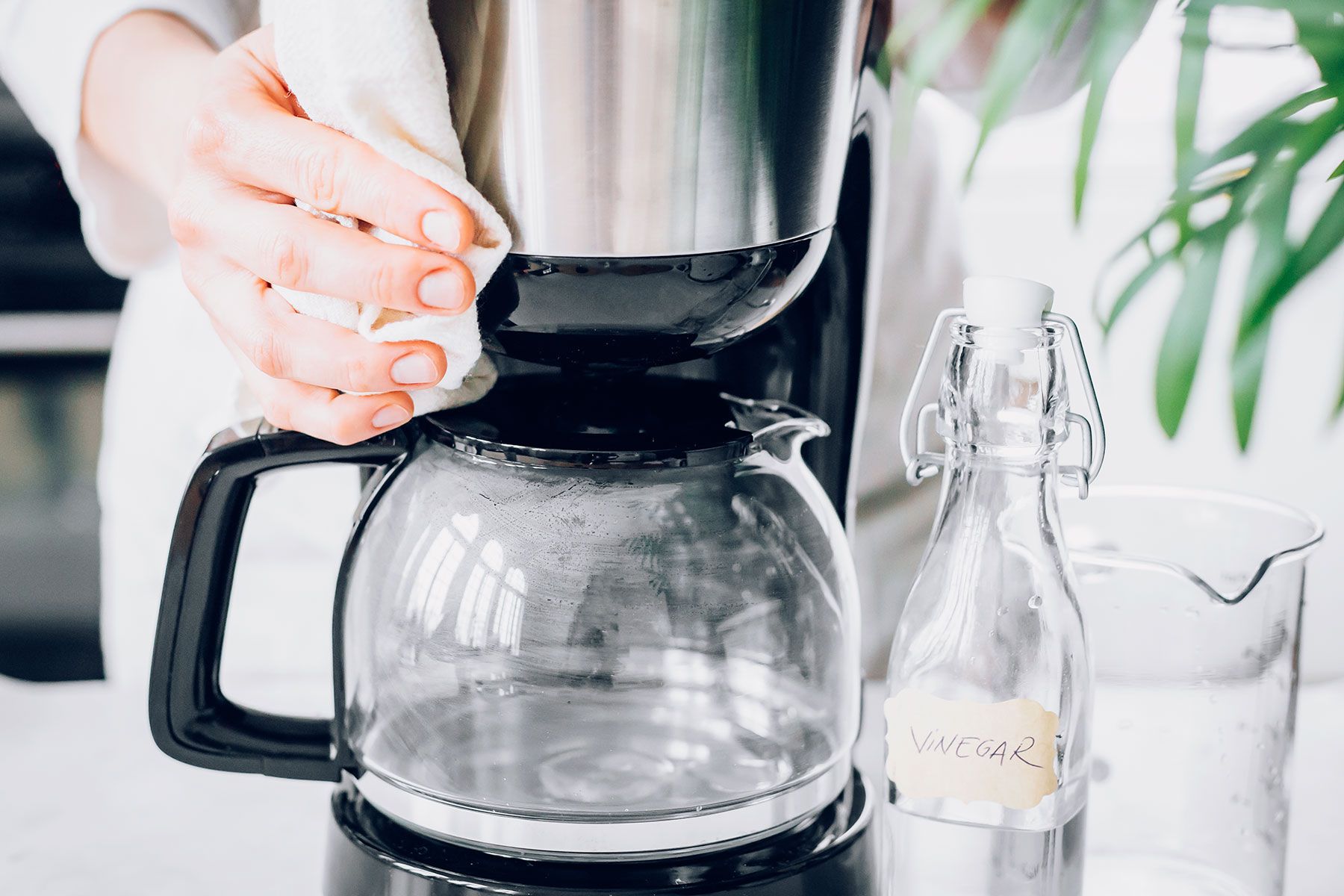
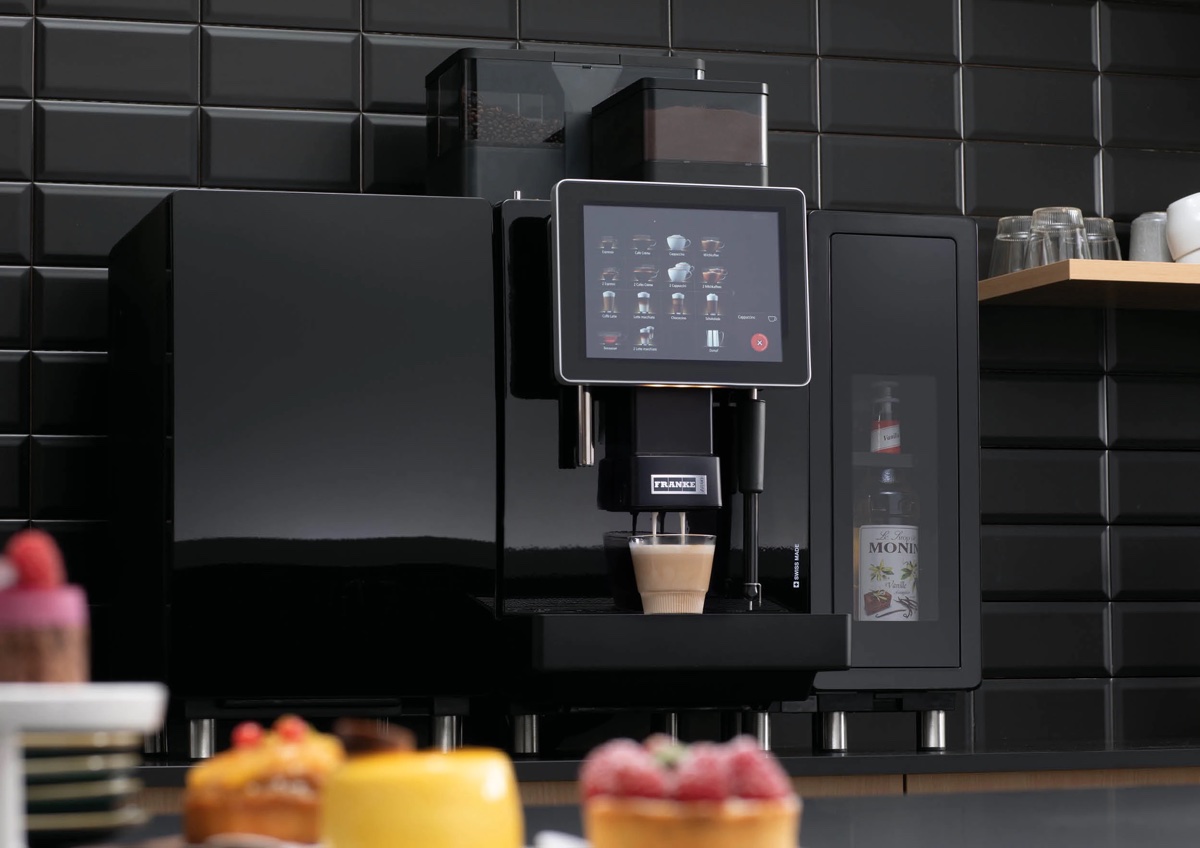
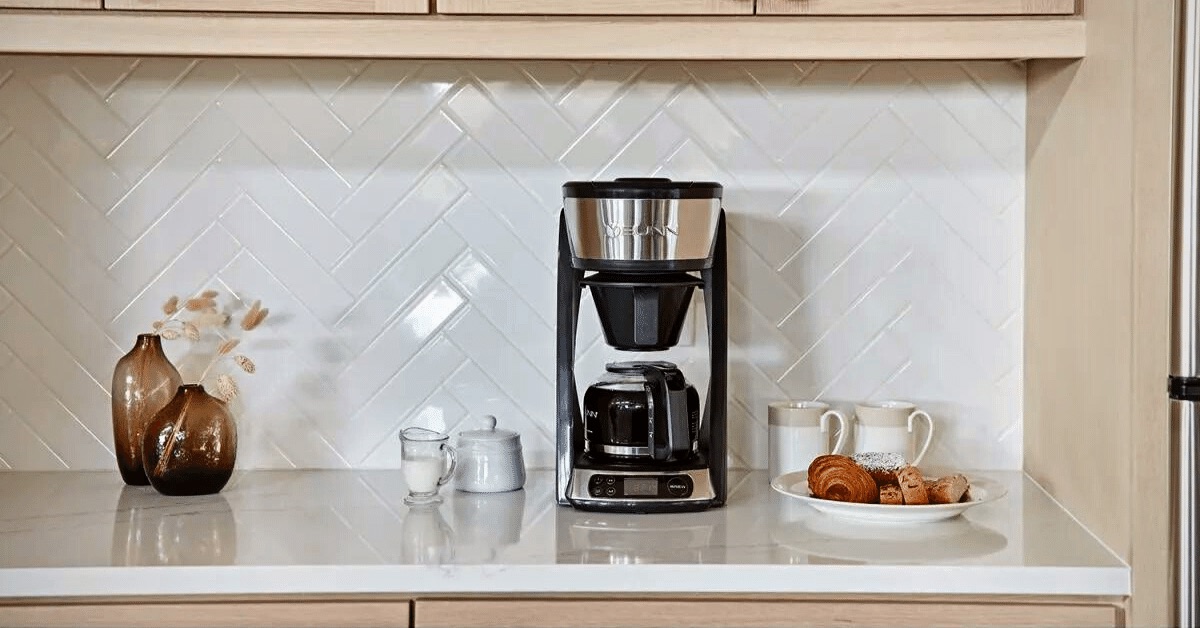
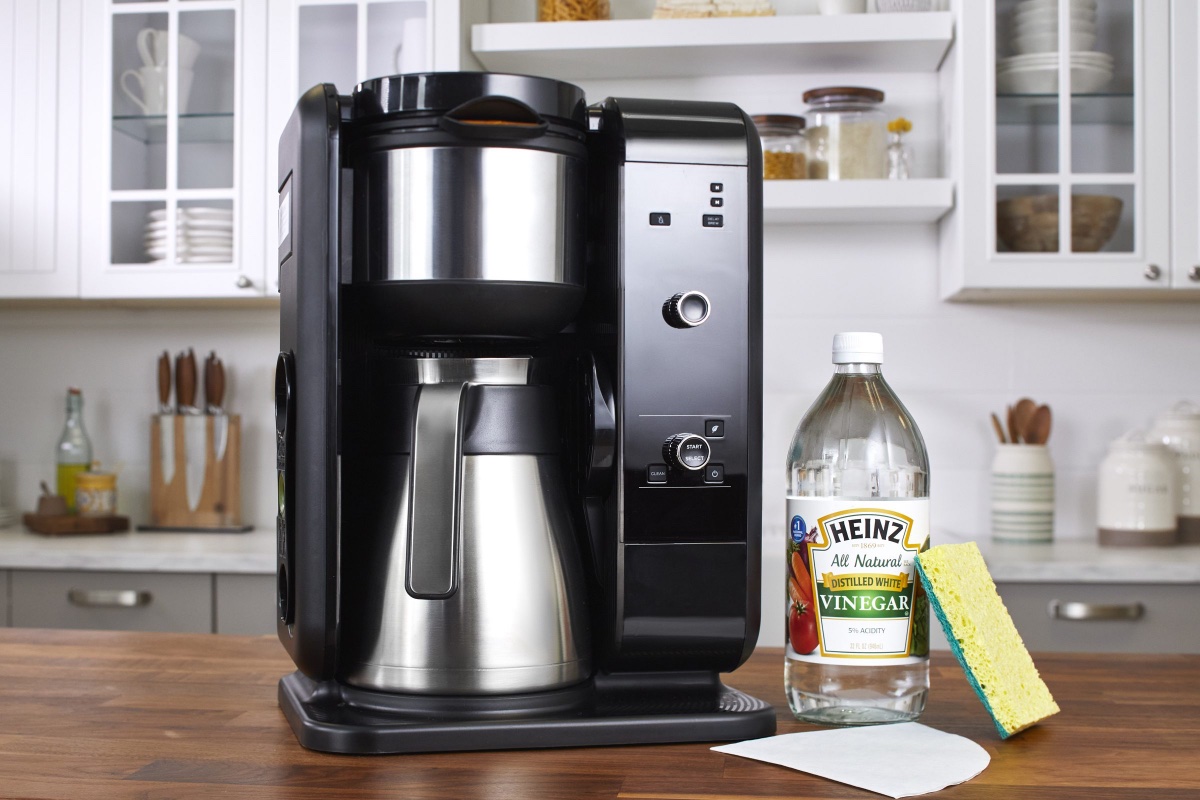
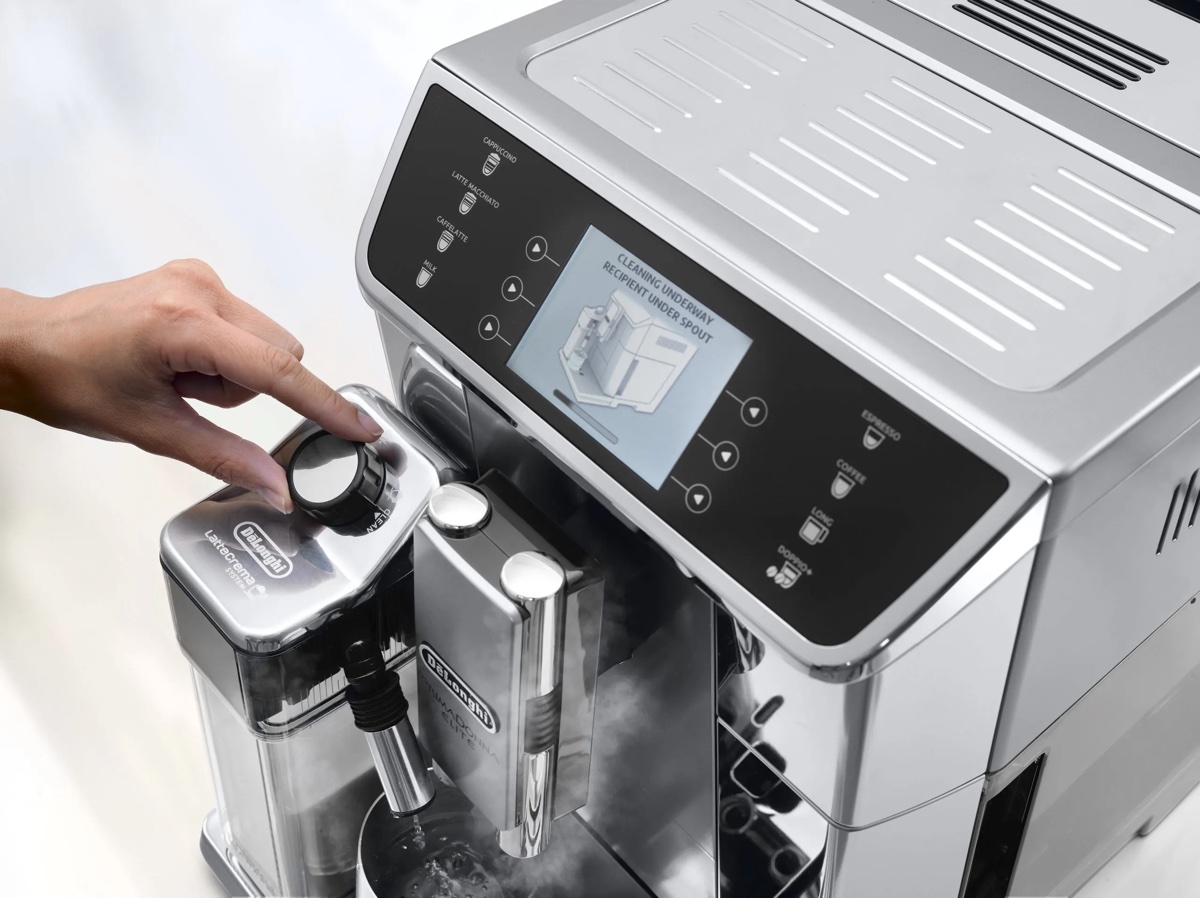
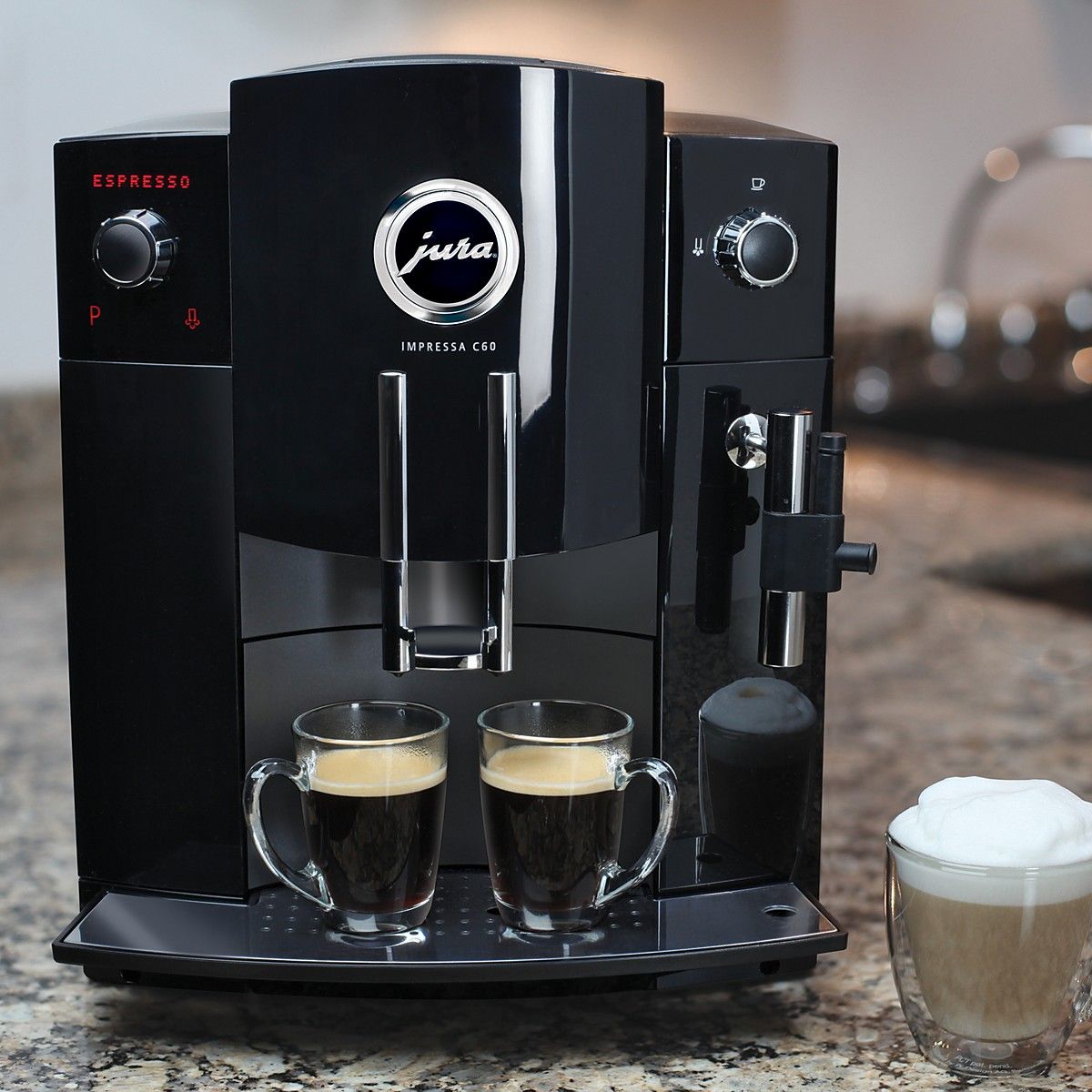
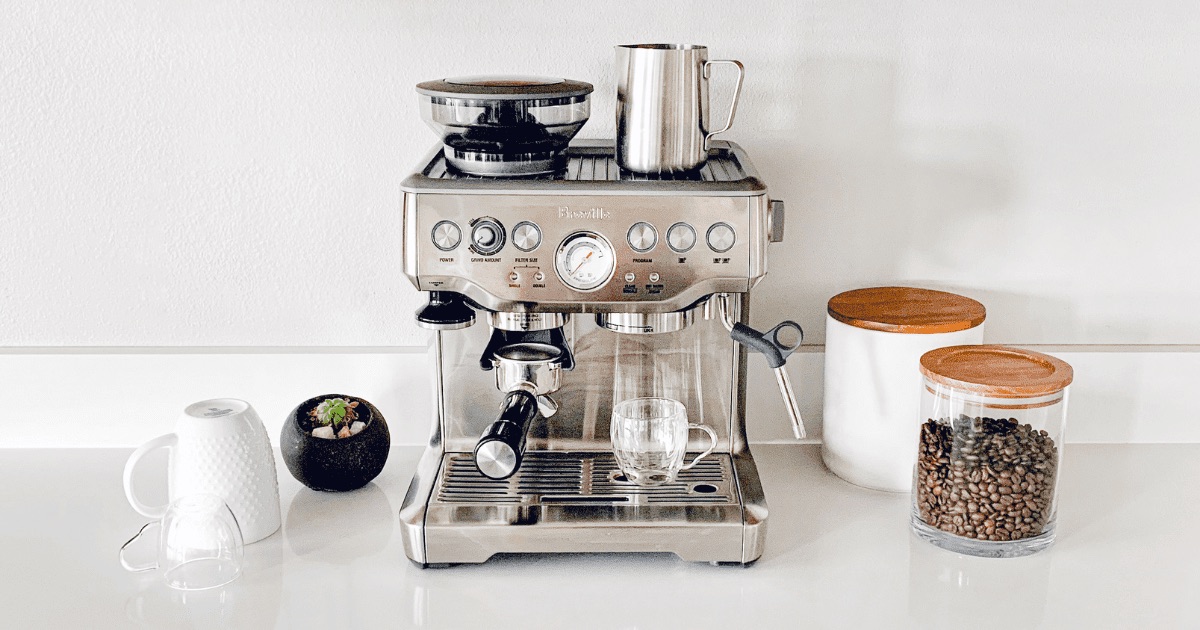

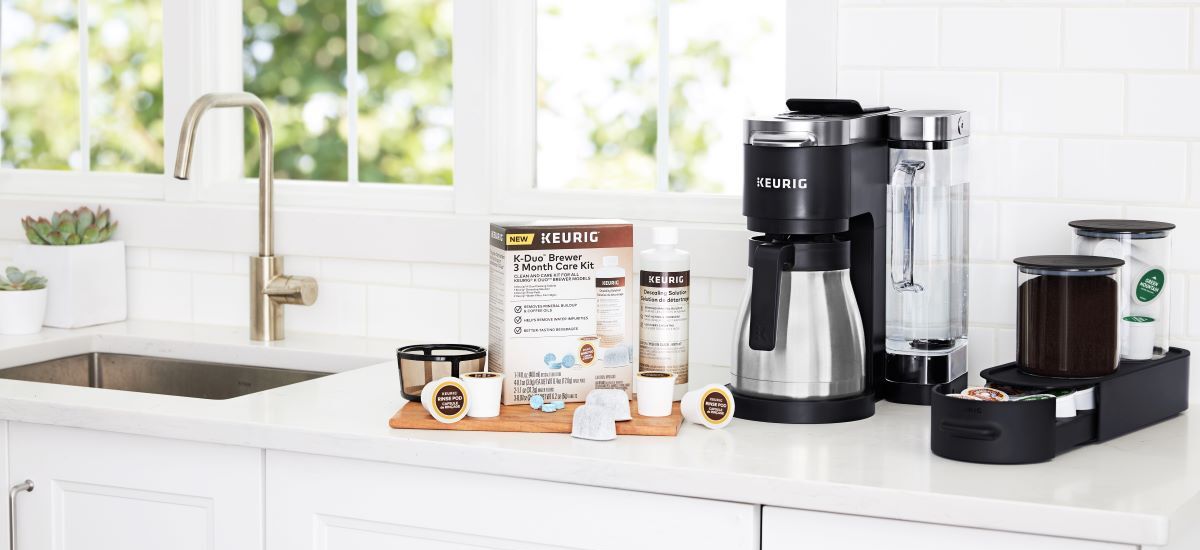

0 thoughts on “How To Clean A Coffee Machine”